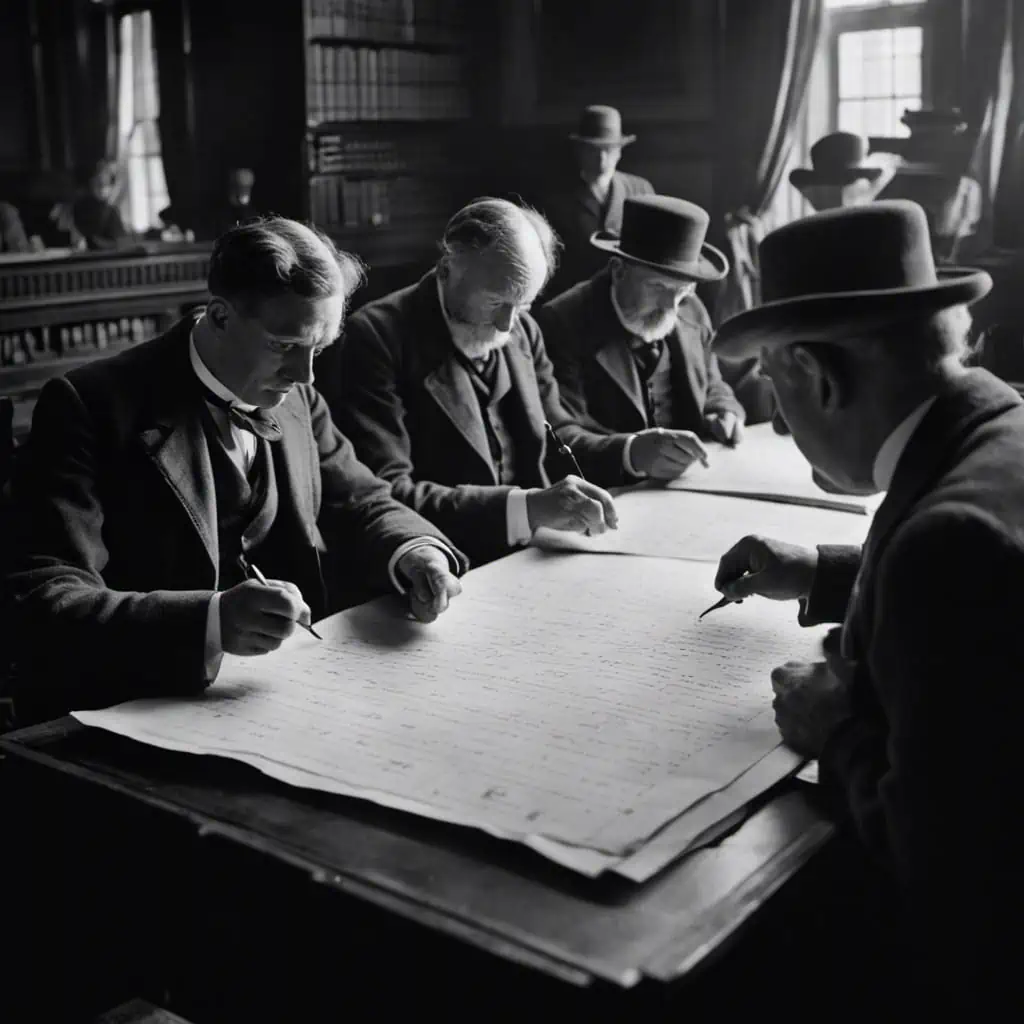The Origins of IQ Testing: Alfred Binet and the First Intelligence Quotient Scale
The concept of intelligence testing was still in its infancy in the early 20th century, when the French government commissioned psychologist Alfred Binet in 1905 to develop an instrument that could identify students likely to struggle academically. This pivotal work by Binet produced the first intelligence test and scale, introducing the notion of quantifying mental abilities. The test Binet created, which would come to be known as the Binet-Simon Scale, marked a critical step in the evolution of intelligence quotient (IQ) testing. Though controversial over the decades, Binet’s pioneering IQ test spawned a field of psychological assessment that continues to be widely used today. This article examines the origins of IQ testing with Alfred Binet in 1905 and its development in the century since.
Binet-Simon Scale and Age Scaling
The original intelligence test created by Alfred Binet in 1905 would come to be known as the Binet-Simon Scale, named for Binet and his colleague Theodore Simon. This first IQ test utilized a series of tasks that assessed abilities like attention, memory, problem-solving skills, and verbal skills. However, the significant innovation Binet introduced was age scaling in the test’s scoring. By comparing each child’s performance to average results from children in their age group, Binet could account for the differences in capabilities that emerge over the course of normal cognitive development. Rather than provide an absolute score, the Binet-Simon Scale quantified mental age based on the levels reached on the tasks for that age group. This allowed Binet to identify students whose mental ages lagged significantly behind their chronological ages, suggesting they may need assistance or special education programs. Though primitive by today’s standards, Binet’s age-scaling approach was revolutionary at the time and underpinned the conceptualization of the intelligence quotient or IQ.
Revisions and Adaptations Over the Decades
The original Binet-Simon scale was revised in 1908 and 1911 by Binet and Simon to improve its evaluation of mental abilities across different ages. After Binet’s death, the scale continued to be updated by the psychologist Theodore Simon throughout the 1910s.
In 1916, Stanford psychologist Lewis Terman brought the Binet-Simon scale to the United States, releasing a revised version known as the Stanford-Binet test. Terman’s adaptations, like the inclusion of additional test items, aimed to better suit American test-takers. The Stanford-Binet became the predominant IQ test used in the US for much of the 20th century.
Widespread IQ Testing and Controversies
The Army Alpha and Beta tests, developed to screen military recruits during World War I, marked the first mass administration of group-based IQ tests. This allowed for efficient testing of a large number of examinees simultaneously. Following the war, group IQ testing expanded into schools and clinical settings. By the mid-20th century, IQ tests were widely used in education to identify learning disabilities and determine placement in special education programs. They also became frequently administered in workplace and vocational settings.
However, IQ testing has long faced controversies regarding cultural biases, limitations in measuring intelligence, and ethical concerns around how scores are interpreted and applied. Critics have argued that IQ tests are biased towards the cultural and linguistic norms of certain ethnic and socioeconomic groups. They also contend that IQ tests fail to capture important aspects of intelligence like social, creative, and emotional abilities. Ethical issues arise when IQ scores are used to stigmatize groups or determine access to programs and opportunities for individuals. Nonetheless, modern versions of the IQ test remain prevalent today, though interpretations of scores may be nuanced by appropriate cautions and caveats.
Modern Applications and Impacts
While retaining the age-scaled scoring approach first introduced by Binet, modern intelligence tests have expanded beyond the verbal questions that characterized early IQ tests. Contemporary IQ assessments like the commonly-used Wechsler scales incorporate a wide array of verbal comprehension, perceptual reasoning, working memory, and processing speed subtests. This broader assessment aims to provide a more comprehensive profile of cognitive abilities. Despite ongoing controversies around cultural fairness, subjective interpretation, and limitations in fully capturing intelligence, IQ testing remains widely used today in schools to identify children for special education services and enrichment programs. IQ scores also help clinicians evaluate and diagnose intellectual disabilities. Workplaces utilize IQ testing for candidate screening and placement for some positions. Though imperfect, the applications of IQ testing continue to be shaped by Binet’s original desire to determine which students require special assistance to thrive academically.
